Summer can be such a wonderful time of year. The sun, greenery, and animals all come out to play, and so do we. We open the shutters, hang out beside bonfires, go on picnics, enjoy camping, and relax on our front deck chairs.
Unfortunately, we are not alone. Mosquitoes also love this time of year and their constant buzzing can be a real downer. Their bites are itchy and if we’re honest, just plain horrible. There’s nothing worse than being covered in bug bites and scratching yourself to sleep every night. To avoid this and enjoy our summer, we all use insect repellent.
Personally, I like to make my own mixes from home. This not only saves money (those small bottles can be expensive!) but is also friendlier to sensitive skin, reduces chemicals (especially important if you have kids) and generally smells quite nice. If you’re keen to learn how to make your own homemade insect repellent for this summer, read on.
The process of making the repellents at home is quite simple and there are a variety of different mixes you can use that all have the same effect – no bug bites. The main reason to make your own repellent is to avoid the rashes and other discomforts using nasty chemicals in commercial repellents can cause.

That being said, often homemade recipes call for some pretty strong essential oils, so you’d be best applying the repellents to your shirt and trouser sleeves rather than onto your skin. This is especially important for pregnant or lactating women, children, and the elderly.
If done correctly, homemade insect repellent is a cheap affordable way to create a safe natural substance that keeps the bugs away. In addition to substance repellents, there are also environmental repellents you can use to make your home a mosquito free area. Sound like a dream?
To learn how to create your own natural insect repellent and enjoy summer this year, take a look at our recipes and tips below.
Our Best Insect Repellent Recipes
*NOTE: All of the oils mentioned below are 100% pure essential oils. Usually, these are able to be purchased from a pharmacy or health store. Their initial price tag may seem expensive, but these bottles can last for many years as you only need a little bit of each to create a great insect repellent.

They end up being a very cost-effective option in the long run. Plus, they smell great! It’ll feel like you’re wearing perfume or cologne instead of repellent, and who doesn’t love smelling good?
Wood And Flowers Recipe
To create this spray, mix the following liquids in a spritzer bottle with a teaspoon and apply the resulting solution sparingly:
- 2Tbsp Vodka
- 2Tbsp Jojoba oil
- 55 drops Lemon eucalyptus oil (not for use on children less than 3 years old)
- 15 drops cedarwood oil
- 15 drops lavender oil (Lavandula angustifolia is the best choice if your pharmacy has a wide range of lavender oils)
- 15 drops rosemary oil
This beautiful concoction is great for in home use if you’re fond of a natural smell. Spray along your tables and on the edges of your meeting areas to deter the mosquitoes from your presence. Of course, this can also be applied as a regular insect repellent onto your clothing as well.
Roses Galore
This is a wonderful solution to the mozzie problem that only requires you to apply a little bit of Rose Geranium oil to the four sleeves of your clothes and your neckline. It’ll keep the bugs away for a whole day! Do be careful only to use a little bit, though. I tried this approach on a recent trip to Fiji and it worked wonderfully.
I had fewer bug bites (and by that I mean none) than the other travelers who used commercial grade repellent. Unfortunately, as well as repelling the bugs I also repelled my boyfriend who couldn’t stand the smell.
So be sure to take a whiff of the oil before purchasing it in store. Some people love the smell of Rose Geranium oil and others aren’t big fans. If it’s to your taste, then this can make a great perfume cross insect repellent option. And it’s so simple!
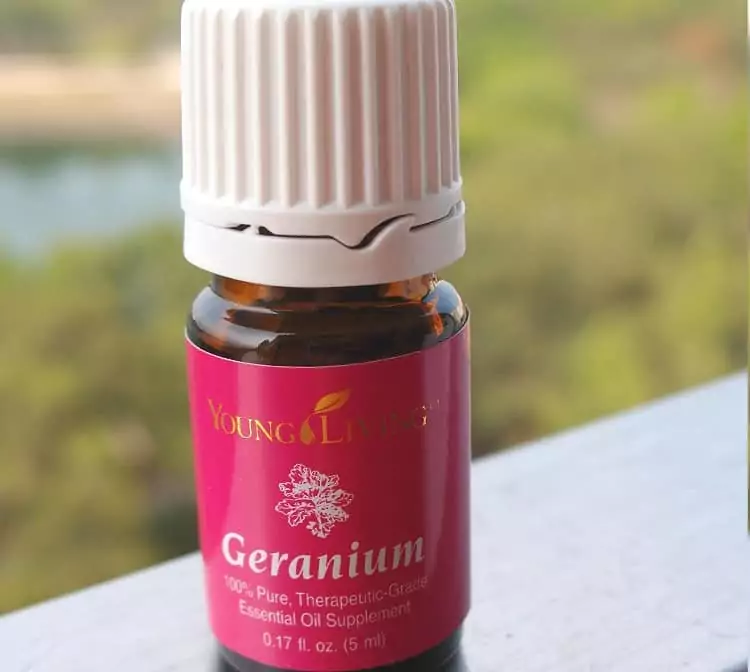
A small bottle will last you for years as you literally only need a couple of drops each day to keep you bite free and enjoying yourself. Definitely one of my personal favorite options, the Rose oil really works!
Herb Based Spray
This is more of a tincture than a random spray, but the extra prep time may be worth it for the lovely smell and skin kindness factors of the repellent.
Ingredients:
- Distilled water
- Rubbing alcohol
- 1tbsp each of dried spearmint, lemongrass, citronella and lavender
- 2 cloves
Instructions:
- Boil 1 cup of water and add the dried herbs and the cloves to the cup.
- Stir well and then cover before leaving to cool (covering it ensures the volatile oils do not evaporate away)
- Pour the mixture through a sieve to strain out the herbs and cloves, then mix the watery result with the rubbing alcohol.
- Place tincture in a spray bottle and use as desired.
Superior Strength Repellent
To create this potent mix you’ll need:
- 32 ounces of apple cider vinegar
- 2tbsp each of dried sage, rosemary, lavender, thyme, and mint
- 1 glass jar with an airtight lid
This repellent doesn’t smell the best but it sure does its job. Touted as being used by thieves during the Black plague to keep the flies and pests away, this is a heavy duty recipe. Fortunately, it doesn’t smell so bad after the mixture has dried and it is a very inexpensive repellent option.
We’d recommend this for anyone going on outdoor adventures. It requires several weeks to make, so you may want to consider making a large batch and storing it someplace safe for use when you need it.
Day 1: Mix the vinegar and dried herbs in your jar and seal it tightly.
Day 2 – Day 21: Shake the jar well once every day. (Pro tip: If you put the jar on the counter or in a spot where it’s clearly visible you’ll be more likely to remember to do this).
Day 22: Pour the mixture through a Sieve to strain out the herbs. Store the liquid product in a small bottle in your fridge or in any other cool dark place.
To use: When required, mix the repellent 50/50 with water in a spray bottle and spray onto your clothes. This provides fantastic bug protection!
The Island Solution
A study by the Malaria Research Centre in 1995 found that neem oil mixed with coconut oil can be a very effective mosquito repellent. It is important to dilute the neem oil with coconut oil instead of water because when mixed with water the neem oil denatures (reacts) and loses its repellent properties.
To use this mixture just get your hands on some pure neem oil and add a couple of drops to around four tablespoons of coconut oil, then rub it liberally over your skin – especially around your wrists and ankles.

The coconut oil is nice and hydrating on your skin, making for a lovely moisturizing repellent in dry regions of the world. In terms of effectiveness, the study previously mentioned was conducted in India and found that the neem oil + coconut oil mix provided effective protection from:
- Anophelines (96 – 100% protection)
- Aedes (85%)
- Culex spp. (61 – 94%)
- Armigeres (35%)
You don’t have to be a science buff to know that some of the worst mosquitoes in America and around the world are in the Aedes category. Both The Asian Tiger Mosquito (Aedes albotopictus) and the Yellow Fever Mosquito (Aedes aegypti) are protected against by this mixture.
The Malaria Mosquito (Anopheles gambiae) is also protected against, with a pretty high effectiveness! So if you’re looking for superior protection and safety for bush exploration and trips, this might be the right mixture for you.
No time to make your own? There are also safe mosquito repellents without the DEET, so check out our list of the top mosquito repellents in the market today.
Protective Jewellery
We love this option because it can last for days and doesn’t require too much effort after the initial product has been created. You’ll need a large locket with tiny holes in it (might be worth searching the local thrift store for this gem) or a piece of relatively thick but soft rope or strong wool.

If you’ve got a locket: Rub some of the dry herbs mentioned in the recipes above vigorously between your hands to release their scent. Then place the herbs along with a couple of drops of vanilla oil into your locket. Feel free to experiment with the different herb varieties to find a smell that is pleasing to you. The locket should last about a week in effectiveness.
If you’ve got some soft rope or strong wool: Prepare any of the solutions mentioned above to double strength, that is, double the amount of herbs and oils while keeping the water levels the same.
This will give you a greater concentration of smell and ensure your jewelry deters mosquitoes for longer. Dip the thread into the mixtures you created till it is well soaked almost all the way through.
Then simply tie it onto your wrists, ankles, and neck to ward off the mozzies for a couple of days per application. Even when it’s dried out, the smell should remain and keep it effective.
Don’t forget to dress protectively during summer to keep mosquitoes at bay. See our top clothing for summer hiking to guide you, check it out.
Insect Repellent for Your Living Area
Okay, so now you know how to make wonderful insect repellents from home to use on yourself and your family when you’re out and about. But how can you protect your home from mosquitos and make it a fun comfortable environment without mosquitoes over summer?
The answer to home and garden insect repellent is similar to that of making insect repellent to wear on yourself – it’s all about the smell.
The herbs and oils you use in the above recipes give off certain smells that repel mozzies, so what better way of keeping them away from your house than surrounding your house with those same smells?
This is easily done by planting a variety of herbs and flowers in your garden. Some of the more potent and effective varieties are basil, lavender, thyme, mint and citronella. Growing these close to your porch can be especially useful, you may even want to chop parts of them off and place them as flower arrangements in your house!
The bonus of having these plants in your yard is that you’ll never have to go far to find materials to use in your insect repellent concoctions.

Another very easy way to repel mosquitoes is the use of a fan. This method is often underrated and people don’t think much of it until they try it! As well as keeping you cool and impeding the flight of mosquitoes, fans also dissipate the carbon monoxide that you exhale – which is very attractive to the mozzies.
So next time you’re enjoying a hot day out on the porch, try to turn on a fan for some added relief and comfort.
The last way we’ll discuss that you can get rid of mosquitoes yourself is through the environment around them and your house. Have you got old bits of water nestled anywhere? Is an old tire or basin lying in the yard perhaps? These are mosquitoes breeding grounds and could lead to your backyard being swamped by flies and other undesirables all summer. For some useful tips on how to avoid those pesky mosquitoes, read our article on the topic.
The best thing to do is get rid of any open water you have lying around in your yard. But what if you have a pond? Well, there’s a solution to that too. Guppies! These lovely little fish feed on mosquito larva so they will keep your pond mosquito free.
In addition, they’ll make your pond more interesting! They reproduce rapidly so you only need to get a couple and before you know it the pond will be filled with colorful little fish.
For a complete guide on how to make your DIY mosquito repellent, click on the link to our article on the topic.
Now You Can Be Naturally Bug-Free This Summer
With so many bug deterrent options to choose from, including both liquid and environmental homemade repellents, it’ll be easy for you to stay bug-free this summer. All the ingredients listed in our recipes can typically be found at your local supermarket, health store and pharmacy.
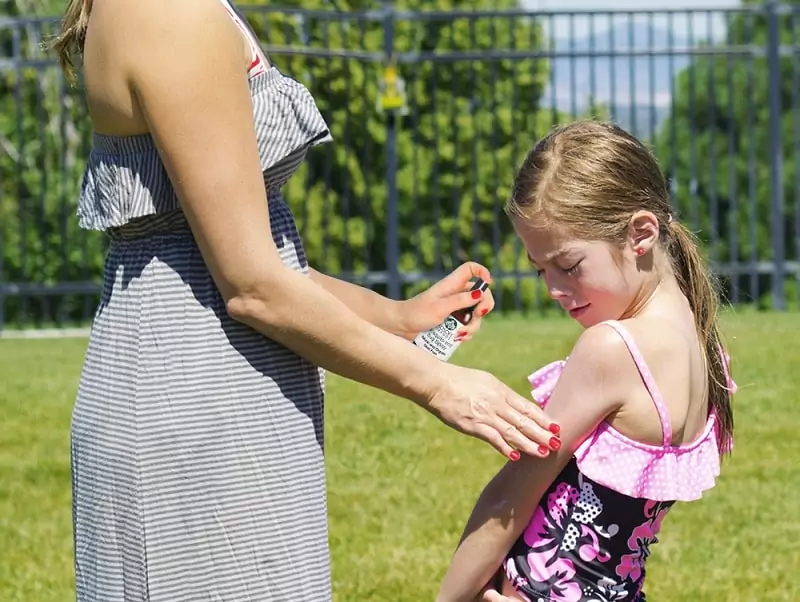
They are likely to end up costing a lot less than commercial insect repellents, and help you avoid all those nasty chemicals! For a simple natural option, try these recipes and environmental methods this summer.
We think you’ll be pleasantly surprised with the effectiveness of these solutions. Comment below if you already use some of these methods or if you’re going to give them a go. All the best from us, and we hope you enjoy your summer!

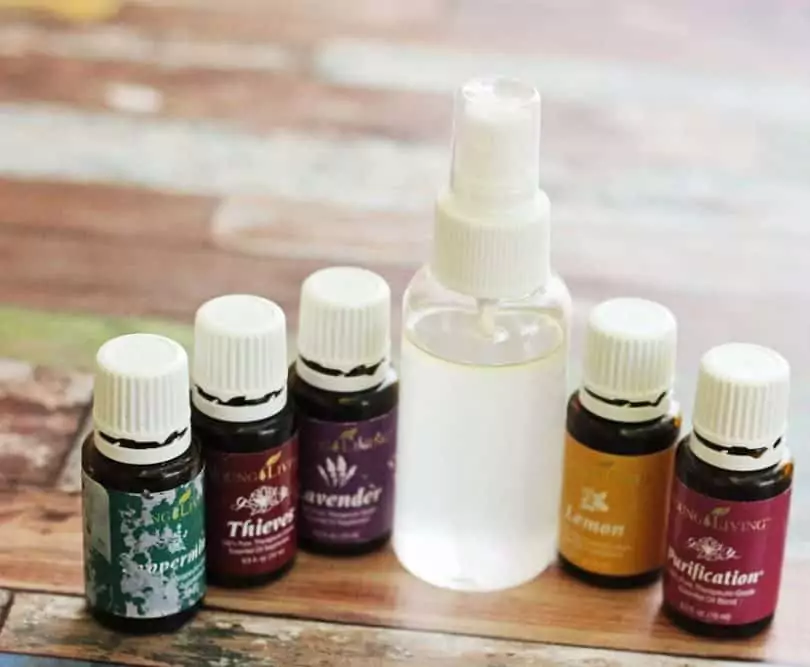


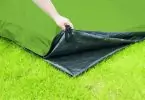

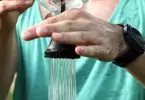
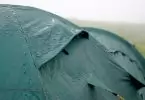
This is such incredible camping survival knowledge and can also be applied in day to day life. Imagine being able to make your own repellent. Thank you so much for sharing. The recipes are easy to follow and use ingredients that can be found in your back yard and your pantry. I am definitely going to try out the superior strength repellent recipe, I believe I already have all the ingredients.
Thanks Marion! I often make my own repellents since it’s more affordable. I usually make a big batch for my family and some of my buddies. At least, we can be assured that there’s no DEET or any harmful chemicals included that can harm us.
Hmm… who knew I could make my own mosquito repellent. This is such a thorough article and with clear instructions. If I am ever caught in the wildness without a repellent, I will look around for the ingredients you have mentioned in this article and try making my own repellent.
I’m afraid you have to do it before you even venture out since most can be found in your home garden or the oils can be bought in stores. It’s better to be prepared prior to your trip. Those mosquitoes and insects are nasty- so protect yourself!